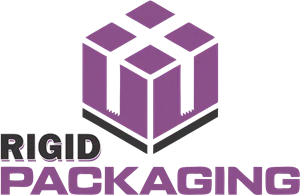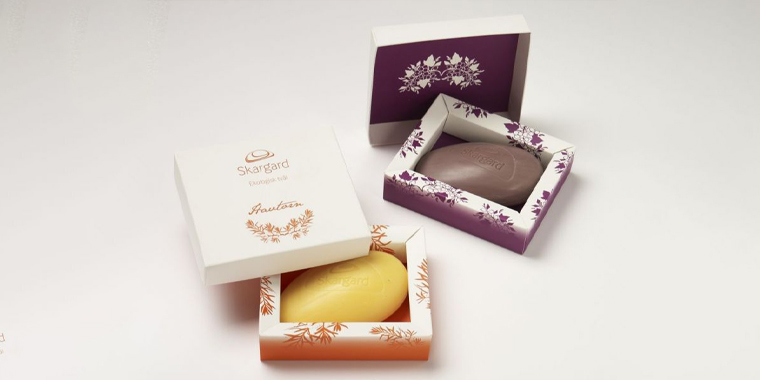Embossing vs. Debossing: Key Differences, Benefits, and Cost Comparison for Custom Packaging
As a business owner, you understand the importance of standing out in a crowded market. One effective way to do so is by incorporating unique, eye-catching packaging designs. At Rigid Packaging, we offer a range of custom packaging solutions, including embossing and debossing techniques. In this article, we’ll explore the key differences, benefits, and cost comparison between these two popular methods.
What is Embossing?
Embossing is a printing technique where a design or texture is raised above the surface of the packaging material. This is achieved by applying heat and pressure to the material, creating a three-dimensional effect. Embossing can be used on various materials, including paper, plastic, and foil. At Rigid Packaging, we offer embossing services on a range of custom packaging products, including boxes, bags, and labels.
What is Debossing?
Debossing, on the other hand, is a printing technique where a design or texture is recessed below the surface of the packaging material. This creates a subtle, textured effect. Like embossing, debossing can be used on various materials, including paper, plastic, and foil. Debossing is often used to add a touch of sophistication and elegance to packaging designs.
Key Differences between Embossing and Debossing
While both embossing and debossing techniques involve creating a design or texture on the packaging material, there are several key differences between the two:
* Appearance: Embossing creates a raised, three-dimensional effect, while debossing creates a recessed, textured effect.
* Texture: Embossing can be used to create varying textures, from subtle to bold, while debossing typically produces a more subtle, delicate texture.
* Material compatibility: Embossing can be used on a wider range of materials, including thicker plastics and foils, while debossing is typically used on thinner materials like paper and lightweight plastics.
Benefits of Embossing and Debossing
Both embossing and debossing techniques offer several benefits for businesses looking to enhance their packaging:
* Unique branding opportunity: Both embossing and debossing allow businesses to create custom designs that are truly unique and memorable.
* Aesthetic appeal: Embossing and debossing can add visual interest and texture to packaging designs, making them stand out on crowded retail shelves.
* Tactile experience: Both techniques create a tactile experience, inviting customers to touch and engage with the packaging.
Cost Comparison between Embossing and Debossing
When it comes to cost, embossing and debossing can differ significantly. Embossing tends to be more expensive than debossing, especially for complex designs or finer details. This is because embossing requires more pressure and heat to create the raised design. Debossing, on the other hand, is typically less expensive because it involves less pressure and heat.
Here’s a rough estimate of the cost comparison between embossing and debossing:
* Embossing:
+ Simple designs: £0.10-£0.20 per unit
+ Complex designs: £0.20-£0.50 per unit
* Debossing:
+ Simple designs: £0.05-£0.10 per unit
+ Complex designs: £0.10-£0.20 per unit
Keep in mind that these estimates may vary depending on the material, quantity, and complexity of the design.
Conclusion
Embossing and debossing are two popular custom packaging techniques that can add a unique touch to your products. While embossing creates a raised, three-dimensional effect, debossing creates a recessed, textured effect. When deciding between the two, consider the material compatibility, texture, and aesthetic appeal. At Rigid Packaging, we offer both embossing and debossing services, as well as a range of other custom packaging solutions. Contact us today to learn more and take your packaging to the next level!
Note: The cost comparison is an estimate and may vary depending on the specific requirements of your project. For a more accurate quote, please contact Rigid Packaging directly.



